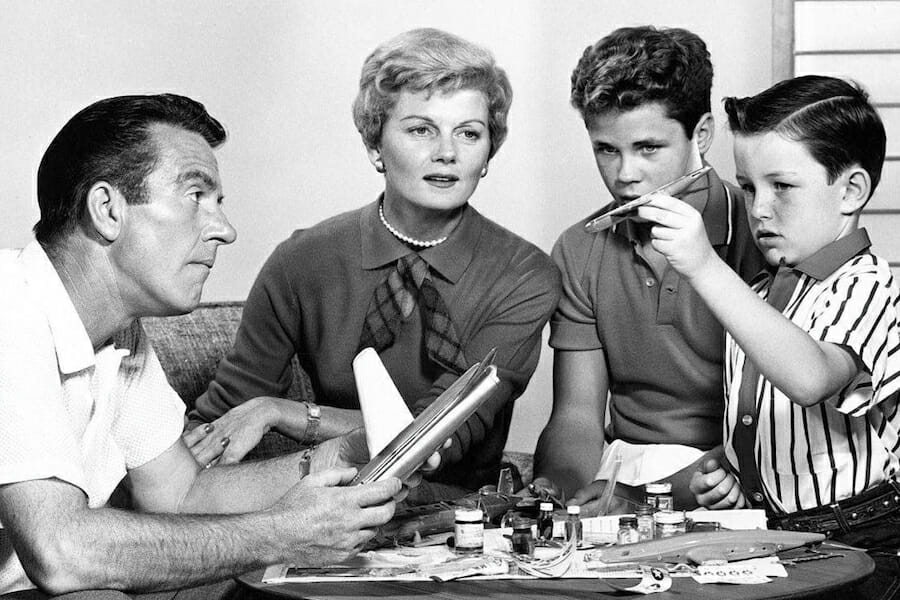
The Triumph of the Middle-Class
The world is fast approaching an incredible milestone in human development: for the first time in history more than half the world’s population will be middle class.
Homri Kharas, Deputy Director of Global Economy and Development with the Brookings Institute, points out, “There was almost no middle class before the Industrial Revolution began in the 1830s. It was royalty and peasant. Now we are about to have a majority middle-class world.”
In a recently released study, “The Unprecedented Expansion of the Global Middle Class,” Kharas defines middle class as those economically secure enough to cover all their basics, yet be able to afford luxuries, eating out, pursuit of an education, etc.
By that definition, adjusted for cost of living in the various regions of the world: “It was only around 1985 that the middle class reached 1 billion people, about 150 years after the start of the Industrial Revolution in Europe. It then took 21 years, until 2006 for the middle class to add a second billion; much of this reflects the extraordinary growth of China. The third billion was added to the global middle class in nine years. Today we are on pace to add another billion in seven years and a fifth billion in six more years, by 2028.”
The ultra-rich, often called “The One Percent” now make up 2.5% of the world’s population. The current global middle class make up 48% of the world’s population. Together, they comprise just over half of the world’s population.
In recent decades, Asian nations, led by China, have liberalised their economies, moving away from state planning toward depoliticised markets. Kharas finds that it is in this region where economic growth has been most beneficial.
“We are witnessing the most rapid expansion of the middle class, as a global level, that the world has ever seen…the vast majority — almost 90 percent — of the next billion entrants into the global middle class will be in Asia: 380 million Indians, 350 million Chinese, and 2,010 million other Asians.”
This growth in the Asian middle class means rapidly growing economies by 2030: “Today’s lower middle-income countries, including India, Indonesia, and Vietnam, will have middle-class markets that are $15 trillion bigger than today.”
The problem for Africa, however, is the middle class is rather small at present, while there will be “substantial growth” in the continent’s middle class, “the base is so small that the expansion in market size is limited.”
If the global middle class is growing so rapidly, what is happening in the nation of the middle-class — the United States? In spite of an aging population — which usually means lower income — the Urban Institute found lower income groups shrinking in numbers, including the lower middle class, while the percentage who are upper middle income or rich has increased.
Ben Casselman, economics editor for FiveThirtyEight, wrote, “The share of Americans that are in high-earning households, those with more than double the median income, has grown by seven percentage points since 1971.”
Using data from the U.S. Census Bureau, the American Enterprise Institute investigated income levels from 1967 to 2014. The percentage of households earning less than $50,000, in constant dollars, declined from 58.2% to 46.8%. In other words, the majority of households were Lower Income in 1967, now the majority are Middle Income or better. The percentage of individuals in the Middle Income group declined from 33.7% to 28.5%, while those in the Upper Income group have tripled from 8.1% to 24.7%.
The world has largely come to understand that unhampered trade, secure property rights, and individual initiative do much to raise the standard of living. Most have moved toward depoliticized markets while very few, notably Venezuela, has moved toward socialism and central planning.
Unlike most of the world, Venezuela is now in rapid economic decline with inflation estimated at 1,000,000% after 19 years of failed socialist rule. In the last four years, 2.3 million people have fled Venezuela. Government price controls have destroyed local producers. CNN reported: “Venezuela is running out of food. Hospitals are overcrowded with sick children while doctors don’t have enough medicine or X-ray machines. Electricity isn’t guaranteed. About the only thing Venezuela has in abundance is chaos. The economy has spiraled toward collapse, and a humanitarian crisis has plunged hordes into needless sickness and starvation.”
Good leaders will look at these examples and hopefully will choose wisely. They can depoliticize markets to build a nation of wider economic security and prosperity, or they can follow the failed socialist model which is now destroying wealth and rights in Venezeula.
This article was originally posted in The Radical Center.

